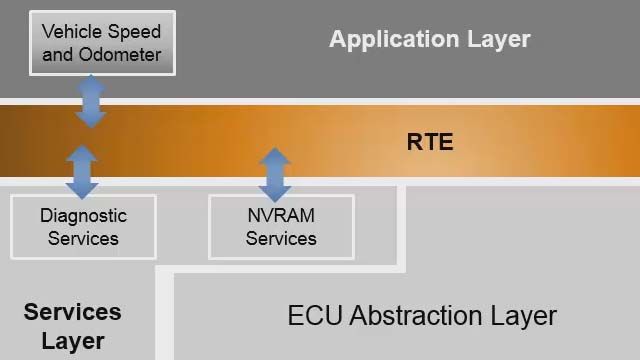Generating High Integrity Production Code Using Model-Based Design
Overview
Embedded code generation is fundamentally changing the way engineers work. In high integrity embedded applications, where extremely high product confidence is needed as a failure may prove to be catastrophic, it is crucial to develop a more robust code. Automatic code generation is an essential step inefficient adoption of Model-Based Design as it enables the user advanced verification and validation techniques to produce high-quality code, reducing the number of iterations in a typical industry-based product development cycle and eliminating errors introduced due to manual coding.
Instead of writing thousands of lines of code by hand, engineers are automatically generating production code to increase productivity, improve quality, and foster innovation.
Embedded Code Generation using Embedded Coder® generates readable, compact, and fast C and C++ code for embedded processors used in mass production. Embedded Coder offers built-in support for AUTOSAR, MISRA C®, and ASAP2 software standards. It also provides traceability reports, code documentation, and automated software verification to support DO-178, IEC 61508, and ISO 26262 software development.
Code generated using Embedded Coder is portable and can be compiled for and executed on any processor.
In this webinar, you will learn how you can use features of Embedded Coder to generate code that meets industrial standards, as well as the flexibility they offer when configuring the model and generating optimized production-ready code.
Highlights
- Preparing the Model for Automatic C Code Generation
- Applying customizations based on software architecture for Code Generation
- Perform Back-to-back testing of generated code and model for consistency
- Generate code that complies with Industry guidelines and standards for production code
About the Presenters
Aravind Singh, Senior Application Engineer, MathWorks
Aravind Singh is a Senior Application Engineer. Aravind is working as Technical Account Manager for major AUTO OEM. Aravind’s areas of focus are Embedded Code Generation, Verification, and Validation.
Before joining MathWorks, Aravind has worked for 4 years at Tata Motors as Design Engineer, he was responsible for Application development for OBD, OBD2, and Control Logic for EGR for Emission Control ECU (for the commercial vehicle) in Embedded C and Model-Based Design.
Aravind has also worked with American Axle and Manufacturing Services for 4.5 years as Software Lead for all-terrain vehicles and he has also worked with John Deere as technical lead where he was responsible for team management and software development for various Deere products. Aravind holds a Master's degree in embedded and electronics and M.B.A Degree in Marketing.
Gaurav Dubey, Senior Team Lead, Pilot Engineering, MathWorks
Gaurav Dubey is a senior team lead for the pilot engineering team in MathWorks India and specializes in the fields of model-based development workflows, automatic code generation, verification and validation, and certifications. He closely interacts with customers in different domains to help them use MathWorks products for model-based development, production code generation, and software verification and validation. Gaurav brings more than 15 years of experience in embedded system development. Prior to joining MathWorks, Gaurav worked with Tata Motors Limited, where he gained hands-on experience in engine management system ECU development. He has also worked as a software analyst at Tata Consultancy Services on different automotive projects involving model-based development. Gaurav holds a master’s degree in instrumentation engineering and a master’s degree in electronics and communications.
Recorded: 25 Feb 2021




